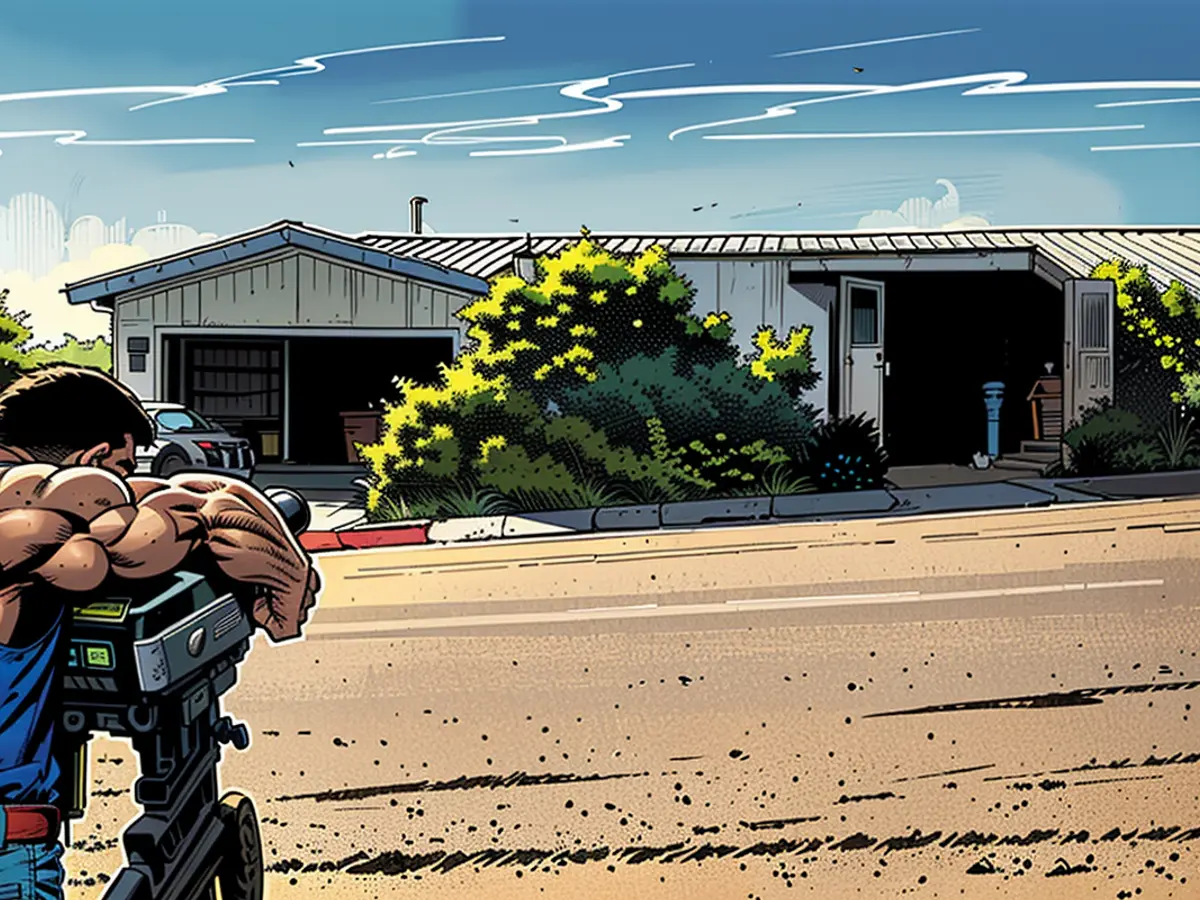The introduction of a 20 km/h speed limit may soon become a reality in the centers of German cities, where cars, bicycles, and pedestrians frequently intersect.
Related topic: Orange truck in a red circle: What does this sign mean in Germany
To ensure the utmost safety in these areas, drivers are expected to adhere to the specified speed limit, which is often 30 kilometers per hour. Currently, discussions are underway regarding the reduction of speed limits on certain streets to 20 km/h, and the rationale behind this change extends beyond pedestrian safety.
Why the push for a 20 km/h speed limit?
In Dortmund, the main street has recently become a permanent 30 km/h zone.
Such changes typically spark debates and arguments for and against them. While some drivers may feel uncomfortable, other road users argue that such alterations can make roads safer.
Interestingly, the primary focus of discussions about the 20 km/h speed limit is not pedestrian and cyclist safety. The regulation aims to reduce noise pollution, especially on busy streets with shops and cafes, making cities more attractive once again.
According to the Road Traffic Regulations (StVO), an area with a 20 km/h limit is considered a 'calm traffic zone'. In such zones, there are no traffic lights or pedestrian crossings.

This regulation may also lead to chaos at intersections and make street crossings riskier for pedestrians. Moreover, there is still uncertainty about whether reducing the speed by 10 kilometers per hour actually decreases noise pollution.
The low speed of drivers, however, implies that pedestrians are usually more easily noticed, mitigating the increased risk for them. The new regulation primarily aims to make city centers more pedestrian-friendly and, consequently, more vibrant.
This could completely transform traffic flow and shift attention to other issues. For instance, reducing the number of traffic lights might be beneficial for pedestrians to cross planned distances more quickly.
In some cities, discussions are underway about a nationwide speed limit change, while in others, the focus is on specific streets. Current legal circumstances regarding traffic planning are also being discussed.
Where exactly the 20 km/h speed limit will be implemented in the future remains unknown for now.
Related topics:
In the context of the ongoing discussions about reducing speed limits, some advocates argue that the introduction of a 20 km/h speed limit in certain areas could also help in reducing the use of horns, contributing to a quieter city center.
With the implementation of a 'calm traffic zone' under the Road Traffic Regulations, the city centers could potentially see an increase in sidewalk cafes and outdoor seating areas, making them more inviting for locals and tourists alike.




